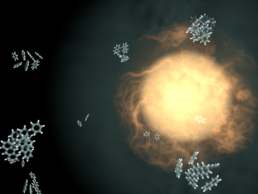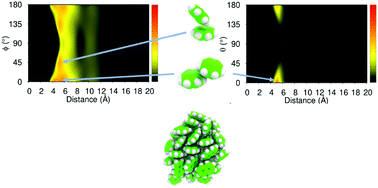
What would you do with almost 10 million computing hours at Australia’s most powerful public research computer, Pawsey Supercomputing Centre?
The ISC and The University of Western Australia’s School of Molecular Science’s Dr Dino Spagnoli has been awarded 4 million hours through the National Computational Merit Allocation Scheme (NCMAS) and a further 5.9 million hours through the Pawsey Partner Scheme.
Dr Spagnoli will be researching projects including interrogating the mineralogy of Titan, and simulating the formation of dust particles in the interstellar medium, requiring some pretty hard core computer power.
Dr Dino Spagnoli and Nicholas Stapleton are part of our Space Crystallography Node led by Professor Stephen Moggach.
https://pubs.rsc.org/en/content/articlelanding/2020/CP/D0CP02622K
Abstract
The relatively weak London dispersion forces are the only interactions that could cause aggregation between simple aromatic molecules. The use of molecular dynamics and high-level ab initio computer simulations has been used to describe the aggregation and interactions between molecular systems containing benzene, naphthalene and anthracene. Mixtures containing one type of molecule (homogenous) and more than one type of molecule (heterogenous) were considered. Our results indicate that as molecular weight increases so does the temperature at which aggregation will occur. In all simulations, the mechanism of aggregation is through small clusters coalescing into larger clusters. The structural analysis of the molecules within the clusters reveals that benzene will orient itself in T-shaped and parallel displaced configurations. Molecules of anthracene prefer to orient themselves in a similar manner to a bulk crystal with no T-shaped configuration observed. The aggregation of these aromatic molecules is discussed in the context of astrochemistry with particular reference to the dust formation region around stars.

Thomas, M., Suarez-Martinez, I., Yu, L-J., Karton, A., Chandler, G. S., Robinson, M., Cherchneff, I., Talbi, D., & Spagnoli, D. (2020). Atomistic simulations of the aggregation of small aromatic molecules in homogenous and heterogenous mixtures. Physical Chemistry Chemical Physics, 22(37), 21005-21014. https://doi.org/10.1039/d0cp02622k
